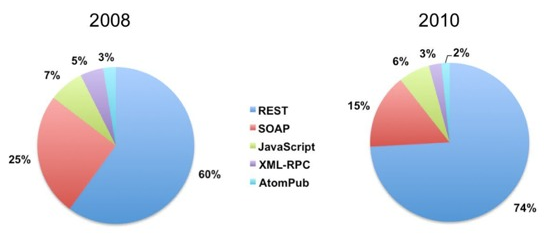Of course, this is not a new metaphor. BPM folks have been using the concept of “white space” for a while. BPM professionals usually use the term “white space” to refer to the gap between process steps. That gap is important to the Enterprise Architect as well, but the EA does not stop with the gap between business processes. An EA is also interested in the gap between business entities (information), the gap between business functions (business), and the gap between integrated systems (integration).

